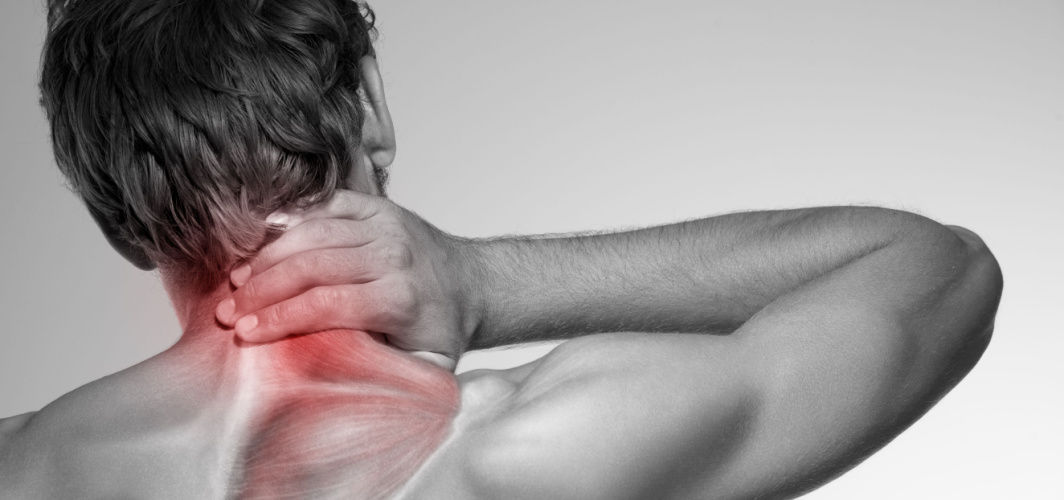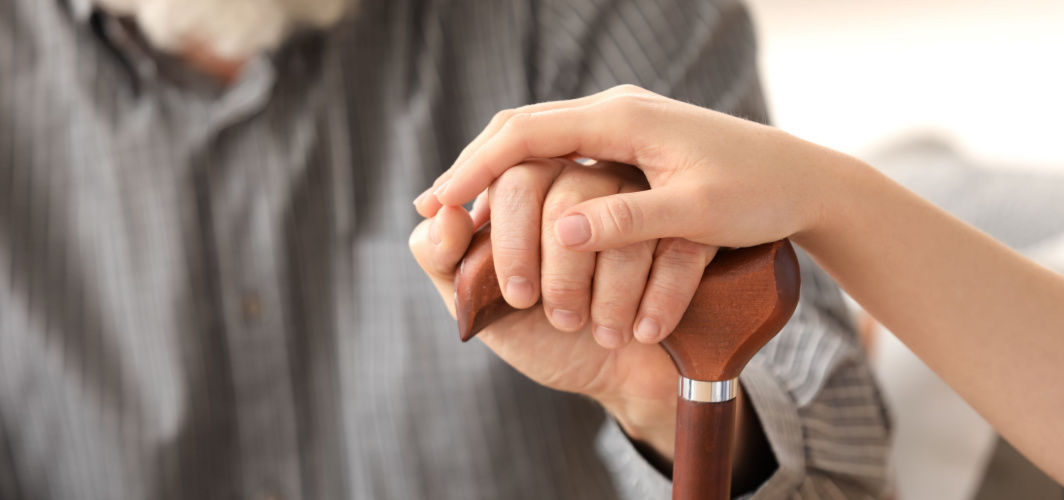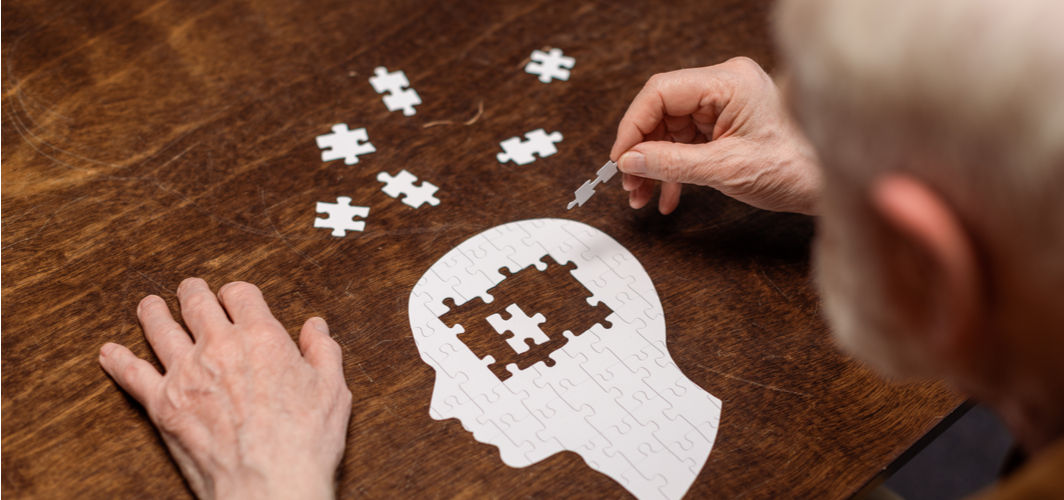Neurology
Cervical Radiculopathy (Pinched Nerve): Symptoms, Causes, And Treatments
6 min read
By Apollo 24|7, Published on - 25 August 2023, Updated on - 01 September 2023
Share this article
0
0 like

Cervical radiculopathy, also known as a pinched nerve, occurs when the nerve roots in the cervical spine (neck region) become compressed or irritated. In India, cervical radiculopathy has a prevalence rate of approximately 85 cases per 100,000 people. It is more commonly seen in individuals between the ages of 30 and 50 years, but it can affect people of all age groups. Understanding the symptoms, causes, and treatments of cervical radiculopathy is crucial for effectively managing this condition. Let us learn more in-depth information on each aspect of this condition.
Cervical Spine and Nerve Anatomy
To understand cervical radiculopathy, it is important to first have a basic understanding of the anatomy of the cervical spine and nerves. The cervical spine consists of 7 vertebrae (C1-C7) from the base of the skull to the upper back. Between each vertebra are intervertebral discs that act as shock absorbers. The nerves in the cervical spine supply sensation and control movement in specific areas of the body, including:
- Arms
- Shoulders
- Upper back
How Cervical Radiculopathy Occurs
Cervical radiculopathy occurs when one or more nerves in the neck become compressed or irritated. This compression can be due to several reasons, including:
- Herniated disc: When a disc between two vertebrae ruptures, it can press against a nearby nerve root.
- Bone spurs: Over time, wear and tear can lead to the formation of bone spurs, which can impinge on nerves.
- Degenerative disc disease: The breakdown of discs can cause them to collapse, leading to nerve compression.
- Spinal stenosis: Narrowing of the spinal canal can put pressure on nerve roots.
- Inflammation: Inflammatory conditions such as arthritis can cause swelling and irritation around nerves.
Risk Factors for Developing Cervical Radiculopathy
Although cervical radiculopathy can affect anyone, the following factors may increase the risk of developing this condition:
- Age
- Occupation
- Poor posture
- Trauma
- Genetics
Symptoms of Cervical Radiculopathy
Understanding these symptoms can help in early diagnosis and prompt treatment.
- Radiating Pain: This hallmark pain can vary in intensity and may be sharp, burning, or electric-like.
- Numbness or Tingling Sensation: Patients may experience these in the shoulders, arms, hands, and fingers.
- Muscle Weakness: This weakness may make it difficult to perform daily activities such as lifting objects or gripping items firmly.
- Changes in Reflexes: Reflexes may become exaggerated or diminished in the affected arm or hand.
Causes of Cervical Radiculopathy
The below listed are some of the common causes:
- Ageing: As we age, the discs in our spine start to wear down, resulting in degenerative changes.
- Herniated Discs: When one of the discs between the vertebrae ruptures or bulges, it can put pressure on nearby nerves, leading to radiculopathy.
- Spinal Stenosis: Spinal stenosis is a condition where the spinal canal narrows, compressing the nerves, which can be caused by arthritis or other degenerative conditions.
- Traumatic Injuries or Accidents: Cervical radiculopathy can be caused by traumatic injuries such as whiplash or falls that put excessive force on the neck and spine.
Diagnosing Cervical Radiculopathy
1. Medical History and Symptoms
Gathering information about the patient's symptoms, including their nature, duration, and any recent injuries or accidents that might be related to the condition.
2. Physical Examination
Assessing the patient's neck's range of motion and performing various tests to pinpoint specific areas of pain or weakness, aiding in identifying potential problem areas.
3. Imaging Tests
Utilizing X-rays, MRI, or CT scans to capture detailed images of the spine and nerves. These images help identify structural abnormalities or herniated discs that might be causing nerve compression.
4. Electromyography (EMG)
Conducting an EMG to measure nerve and muscle function. Small electrodes are placed in the muscles, recording electrical activity. This test assists in determining nerve damage or differentiating the pain's origin from other conditions.
5. Combining Results
By considering the patient's medical history, outcomes from the physical examination, imaging tests, and EMG results, healthcare professionals can accurately diagnose cervical radiculopathy and formulate a tailored treatment plan for each patient.
Treatment Options for Cervical Radiculopathy
1. Non-Surgical Treatments
Non-surgical treatment options aim to alleviate pain and improve function without the need for surgery, which include the following:
Pain Management
- Medication: Non-steroidal anti-inflammatory drugs (NSAIDs) and analgesics can provide relief from pain and inflammation.
- Corticosteroid Injections: Steroid injections directly into the affected area can help reduce swelling and pain.
Physical Therapy and Exercises
- A qualified physical therapist can design a personalized exercise program to strengthen neck and shoulder muscles, improve flexibility, and correct postural imbalances.
- Stretching exercises can also help reduce muscle tightness and improve range of motion.
Use of Cervical Collars or Braces
- These devices provide support and immobilization to the neck, reducing strain on the affected nerves.
- They are typically recommended for short periods to allow the injured area to heal.
2. Surgical Interventions
Surgical interventions are often considered when conservative management fails to provide relief. Here are some common surgical options:
- Anterior Cervical Discectomy and Fusion (ACDF): This involves removing the herniated disc or bone spurs that may be compressing the nerve roots. The affected disc is replaced with a bone graft or an artificial implant to stabilize the spine.
- Artificial Disc Replacement: This surgery aims to maintain spinal motion by replacing the damaged disc with an artificial disc. It allows for more natural movement compared with fusion techniques.
- Posterior Cervical Laminectomy: This involves removing a small portion of the vertebrae, called the lamina. It is especially useful in cases where spinal stenosis is causing nerve compression.
Self-Care and Lifestyle Modifications
1. Home Techniques
-
Apply ice packs or heat pads to the affected area to reduce inflammation and alleviate pain.
- Use ergonomic furniture, such as a supportive chair and desk, to maintain proper alignment of the spine.
- Ensure that computer screens are at eye level to prevent straining the neck.
2. Exercises and Stretches
- Perform gentle neck stretches, such as slowly tilting the head from side to side and rotating it in a circular motion.
- Practice relaxation techniques, such as deep breathing exercises and meditation, to help manage stress and reduce muscle tension.
- Strengthen the muscles supporting the neck and spine through exercises like shoulder shrugs and chin tucks.
3. Healthy Lifestyle Choices
- Maintain a healthy weight to reduce strain on the spine.
- Quit smoking, as it can impair blood flow to the spine and hinder healing processes.
Summary
If you are experiencing any symptoms associated with cervical radiculopathy, it is essential to seek medical attention. Early detection and intervention can help prevent further damage and improve outcomes. For more information on cervical radiculopathy or any other spine-related conditions, consult with a healthcare professional who specializes in spine health.
Consult Apollo’s Expert Neurologists
FAQs
Q. Can cervical radiculopathy be treated without surgery?
Yes, many cases of cervical radiculopathy can be managed with non-surgical treatments. Surgery is usually considered if conservative treatments fail to provide relief.
Q. How long does it take to recover from cervical radiculopathy?
Recovery time varies depending on the severity of the condition and the chosen treatment approach.
Q. Can cervical radiculopathy cause shoulder pain?
Yes, cervical radiculopathy can cause shoulder pain. The pain may radiate from the neck to the shoulder and down the arm due to irritation or compression of the nerves in the cervical spine.
Q. Are there any lifestyle changes that can help manage cervical radiculopathy?
Yes, certain lifestyle modifications such as maintaining good posture and regular exercise can help alleviate symptoms and prevent the worsening of cervical radiculopathy.
Q. Can cervical radiculopathy come back after treatment?
There is a chance of recurrence if the underlying cause of cervical radiculopathy is not addressed or if there is ongoing damage to the cervical spine.
Neurology
Consult Top Neurologists
View AllLeave Comment
Recommended for you

Neurology
Memory, Behaviour & Beyond: All About The ‘Gray’ Of Alzheimer’s Disease
Alzheimer’s Disease is an illness of the brain known to cause a gradual loss in memory and other cognitive abilities. Read more about the disease in this blog.

Neurology
Understanding Autism: Insights By A Neuropsychiatrist
It is important to raise awareness about autism to reduce the stigma associated with the condition, thus making life easier for the people affected. Read to know more.

Neurology
Relationships, Passion And Exercise! Can These Help Boost Brain Health?
Brain ageing affects your cognitive health. According to a study, three factors that can help boost your brain health are relations, passion, and motion. These factors activate neurons in your grey matter that otherwise would die if not used.
Subscribe
Sign up for our free Health Library Daily Newsletter
Get doctor-approved health tips, news, and more.
Recommended for you

Neurology
Memory, Behaviour & Beyond: All About The ‘Gray’ Of Alzheimer’s Disease
Alzheimer’s Disease is an illness of the brain known to cause a gradual loss in memory and other cognitive abilities. Read more about the disease in this blog.

Neurology
Understanding Autism: Insights By A Neuropsychiatrist
It is important to raise awareness about autism to reduce the stigma associated with the condition, thus making life easier for the people affected. Read to know more.

Neurology
Relationships, Passion And Exercise! Can These Help Boost Brain Health?
Brain ageing affects your cognitive health. According to a study, three factors that can help boost your brain health are relations, passion, and motion. These factors activate neurons in your grey matter that otherwise would die if not used.


